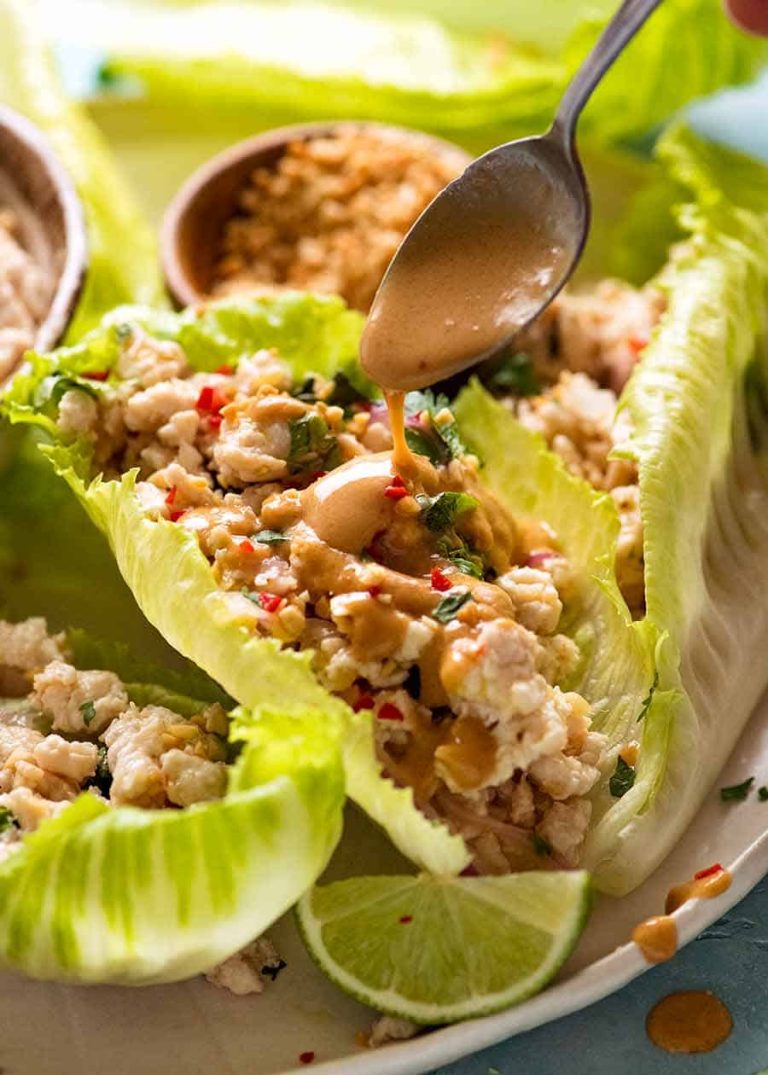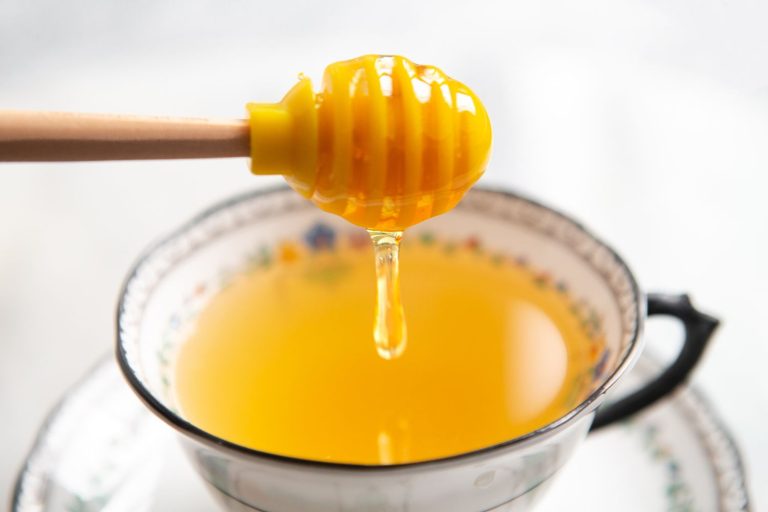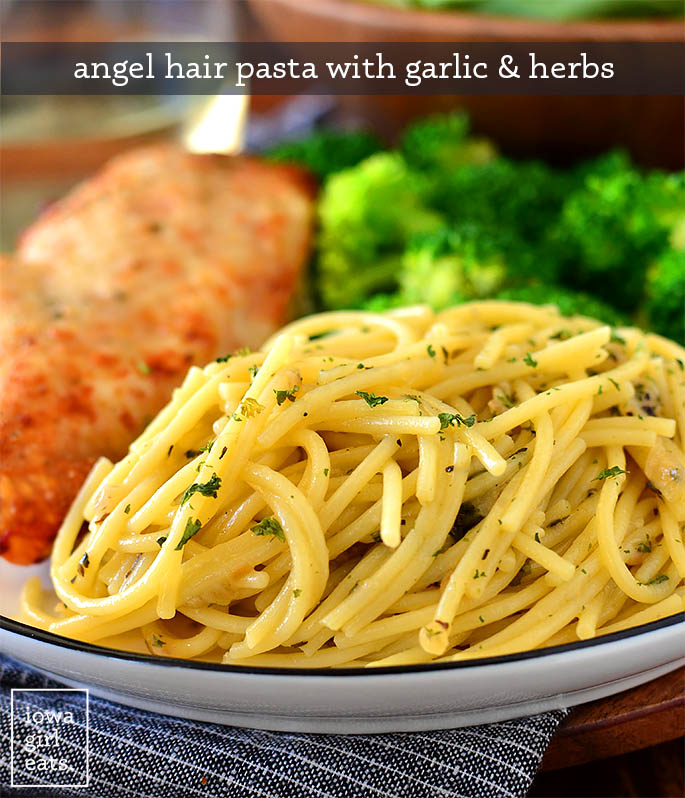Thai Red Chicken Curry: Origins, Health Benefits, and Perfect Pairings Explained
Thai Red Chicken Curry traces its roots back to historic Thai cuisine, which blends influences from neighboring regions. Thai curries like this one derive from Indian and Malay culinary traditions. Traders introduced spices and cooking techniques to Thailand centuries ago, integrating them into local dishes. The use of red chili peppers became prominent in Thai curries post-17th century, coinciding with their introduction to Southeast Asia by Portuguese traders. Combining these influences, Thai Red Chicken Curry evolved into a distinct dish characterized by its vibrant colors and rich flavors.
Regional Variations
Thai Red Chicken Curry shows regional variation across Thailand, with each area adding unique touches. In Central Thailand, versions often feature a balanced blend of spiciness and sweetness. Northeastern Thailand prefers a spicier variant using more chili peppers. Southern recipes frequently incorporate additional coconut milk, creating a creamier texture. Ingredients like Thai basil, kaffir lime leaves, and bamboo shoots appear in specific regions, tailoring the dish to local tastes. These variations offer a diverse experience of flavors within the fundamental components of Thai Red Chicken Curry.
Key Ingredients in Thai Red Chicken Curry
The Role of Red Curry Paste
Red curry paste serves as the flavor base in Thai Red Chicken Curry. It contains red chili peppers, garlic, lemongrass, shallots, galangal, coriander root, and kaffir lime peel. These ingredients are ground together to create a vibrant, aromatic blend. Red curry paste infuses the dish with heat, depth, and complexity.
Coconut Milk and Its Significance
Coconut milk balances the spiciness of red curry paste while adding richness and creaminess to the curry. Extracted from grated coconut meat, it brings a distinct sweetness and smooth texture. Coconut milk ensures the curry has a luscious consistency and complements the bold flavors of the paste, creating a harmonious dish.
Cooking Thai Red Chicken Curry: A Step-by-Step Guide
Preparing the Ingredients
Gather fresh ingredients to ensure authentic flavor. You’ll need chicken (preferably thigh meat), red curry paste, coconut milk, fish sauce, palm sugar, and vegetables like bell peppers and bamboo shoots. Chop the chicken into bite-sized pieces. Thinly slice the bell peppers and bamboo shoots, if they’re not pre-sliced.
For the red curry paste, if using store-bought, ensure high quality. To make it from scratch, blend red chili peppers, garlic, lemongrass, shallots, galangal, coriander root, and kaffir lime peel. This combination provides the core flavor essential to the dish.
Cooking Techniques and Tips
In a large pan over medium heat, sauté the red curry paste in oil for 2-3 minutes to release the aromas. Add the chicken pieces and cook until they’re no longer pink. Pour in coconut milk and bring it to a simmer for a rich, creamy base.
Add the vegetables and simmer until they’re tender. Season with fish sauce and palm sugar to achieve the quintessential balance of salty and sweet.
Simmer the curry for 15-20 minutes for flavors to meld. Stir occasionally to prevent sticking and burning. Adjust seasoning to taste before serving.
Serve hot with jasmine rice, garnished with fresh basil or cilantro for added freshness.
Serving and Pairing Thai Red Chicken Curry
Traditional Accompaniments
Including traditional accompaniments enhances the experience of Thai Red Chicken Curry. Serve steamed jasmine rice to soak up the rich curry sauce. This fragrant rice complements the dish’s bold flavors, providing a neutral balance. Sticky rice works well, especially in Northern Thai settings, offering a textural contrast to the creamy curry. Offer fresh vegetables like cucumber, carrots, and cabbage, which add a refreshing crunch.
Add fried wonton strips and rice noodles for added texture and depth. Wonton strips provide a crispy element, while rice noodles offer a different mouthfeel. Don’t forget Thai herbs like basil and cilantro; they bring fresh, aromatic notes that heighten the dish’s complexity.
Recommended Wine Pairings
Choosing the right wine elevates your Thai Red Chicken Curry experience. Pair it with a Riesling; its slight sweetness and acidity balance the curry’s heat and richness. Sauvignon Blanc also works well, offering crisp, citrus notes that cut through the creamy sauce. Opt for Gewürztraminer if you prefer a spicier wine that complements the dish’s aromatic spices.
For red wine lovers, a light Pinot Noir can provide a nice fruity counterpoint without overpowering the dish. The wine’s subtle tannins and berry flavors enhance the curry’s depth, creating a harmonious blend. Ensure the wine is slightly chilled to contrast the curry’s warmth, enhancing your overall dining experience.
Each of these wine options complements the complex flavors of Thai Red Chicken Curry, creating a balanced and enjoyable meal.
Health Benefits of Thai Red Chicken Curry
Nutritional Information
Thai Red Chicken Curry packs a nutritional punch, making it a balanced and tasty meal. The main ingredients like chicken, red curry paste, and coconut milk contribute various nutrients. Chicken provides lean protein, with 31 grams per cooked breast. Red curry paste, containing red chili peppers, garlic, lemongrass, and galangal, supplies antioxidants, vitamins A, C, and compounds with anti-inflammatory properties.
Coconut milk, another vital component, offers healthy fats primarily in the form of medium-chain triglycerides (MCTs). While it does add to the calorie count—about 552 calories per cup—it also enhances energy levels and promotes fat loss. Traditional accompaniments like jasmine rice add carbohydrates and fiber, essential for sustained energy.
Potential Health Boosts
Consuming Thai Red Chicken Curry offers multiple health benefits owing to its diverse ingredients. Capsaicin in red chili peppers may boost metabolism and aid in pain relief. Ginger and garlic in the red curry paste provide antimicrobial and anti-inflammatory effects, boosting your immune system. Chicken’s high protein content supports muscle growth and repair.
Coconut milk’s MCTs can improve brain function and energy expenditure. Moreover, lemongrass in curry paste may aid digestion and reduce bloating, while galangal enhances cognitive function due to its antioxidant properties. Integrating Thai Red Chicken Curry into your diet can thus contribute to better overall health, balancing savory flavors with nutritional advantages.
Conclusion
Thai Red Chicken Curry is more than just a delicious meal; it’s a rich tapestry of flavors and health benefits. By incorporating this dish into your diet, you’re not only savoring a taste of Thailand but also boosting your overall well-being. The harmonious blend of ingredients offers a balanced meal that nourishes both body and soul. So, next time you’re in the mood for something flavorful and nutritious, don’t hesitate to whip up a batch of Thai Red Chicken Curry. Your taste buds and your health will thank you.






